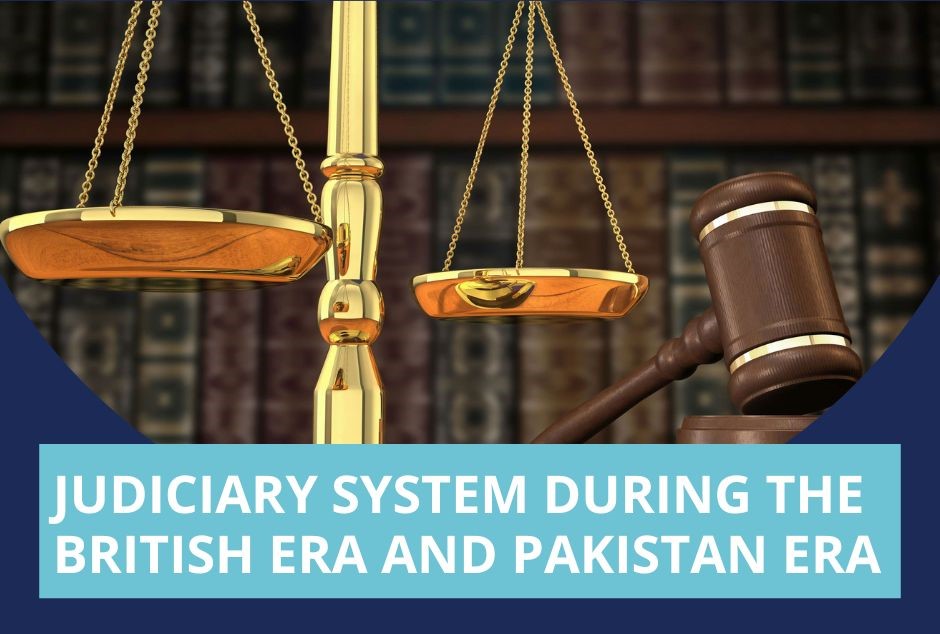There have been subsequent notable transformations within the country’s judiciary system. Comprehending the concurrent system necessitates a retrospective examination of the judicial history since it helps top Bangladeshi law firms and best Bangladeshi lawyers to prepare better.
The British era
The British epoch dawned in 1757, marking the ascendancy of British dominion in Bengal, an epoch that persisted until the watershed of 1947. To grasp the labyrinthine contours of the judicial framework during that epoch, one must delve into the diverse charters, the dispensation of justice, and the burgeoning hegemony of the East India Company. The year 1757 witnessed the consolidation of British supremacy with the vanquishment of the Nawab of Bengal at the Battle of Plassey. Thereupon, they not only undertook the mantle of fiscal and civil jurisprudence but also arrogated to themselves the prerogative of dispensing criminal justice. The inception of a novel judicial blueprint, effectuated on the auspicious date of 11th April 1780, delineated a schism between fiscal and judicial functionalities. It is noteworthy that during the British colonial tenure, there arose clamors for the bifurcation of the judiciary from the executive apparatus. However, such entreaties were rebuffed by the British establishment, deeming it antithetical to their colonial interests. The conundrum of judicial autonomy was broached in the hallowed halls of Parliament in 1919, only to be summarily dismissed under the pretext that such matters fell within the purview of provincial governance. A motion advocating for the dichotomy of the judiciary found traction in the annals of history in 1921, courtesy of the Bengal Legislative Assembly, leading to the constitution of an ad hoc committee to deliberate upon this matter. Endeavors were undertaken to fashion a novel paradigm governing the modus operandi of judicial administration. Despite earnest endeavors aimed at ameliorating the judicial apparatus, inherent flaws persisted. Ultimately, the dual mantle of executive and judicial authority remained ensconced in singular custodial hands, conflating the functions and authority of the Collector, Deputy Commissioner, Magistrate, and Government Agent.
The Pakistan era
In 1947, the Pakistan era commenced in what is now contemporary Bangladesh following the partition of the Indian Subcontinent into two sovereign states, India and Pakistan. Bangladesh became a constituent part of Pakistan as a separate province. Consequently, the judicial framework comprised the Supreme Court, serving as the federal appellate court, alongside High Courts and two tiers of subordinate courts, encompassing both civil and criminal jurisdictions. Despite this transition, the English legal system largely endured during the Pakistan era, with governance guided by the provisions of the Government of India Act 1935 and the Indian Independence Act 1947, prior to the promulgation of Pakistan’s own Constitution. Notably, the Constitution of Pakistan was ratified in 1956; however, unlike its predecessors, it did not delineate provisions for ‘subordinate courts’ or ‘magistracy,’ which were regulated by the Code of Civil Procedure and the Code of Criminal Procedure. The abolition of the appellate jurisdiction of the Privy Council ensued with the enactment of the Privy Council (Abolition of Jurisdiction) Act, 1950, aimed at augmenting the jurisdiction of the newly established Supreme Court under the nascent Constitution. In 1957, the East Pakistan Provincial Assembly passed the Code of Criminal Procedure (East Pakistan Amendment) Act, which aimed at judicial separation, albeit without enforcement. Subsequently, the Law Commission advocated for the subordination of judicial magistrates under the purview of the High Court in 1958. Similarly, the Law Commission proposed the implementation of the Criminal Procedure Code Act 1957; however, no action was taken until 1972. Efforts to overhaul the Code of Criminal Procedure were initiated through the Code of Criminal Procedure (East Pakistan Amendment) Act 1957, with the objective of segregating the judicial and executive functions of magistrates. Throughout the Pakistan era, the judicial landscape remained relatively static compared to the preceding British era. While apex courts operated independently from the executive, subordinate courts, particularly criminal courts, remained subject to executive control. Civil servants appointed to executive positions concurrently discharged judicial duties within the criminal justice system. This underscores the continuity of the judicial system from the late British period into the Pakistan era.
Reference:
1. The Evolution of Bangladesh’s Court Structure
2. A full-service law firm with best Bangladeshi lawyers

